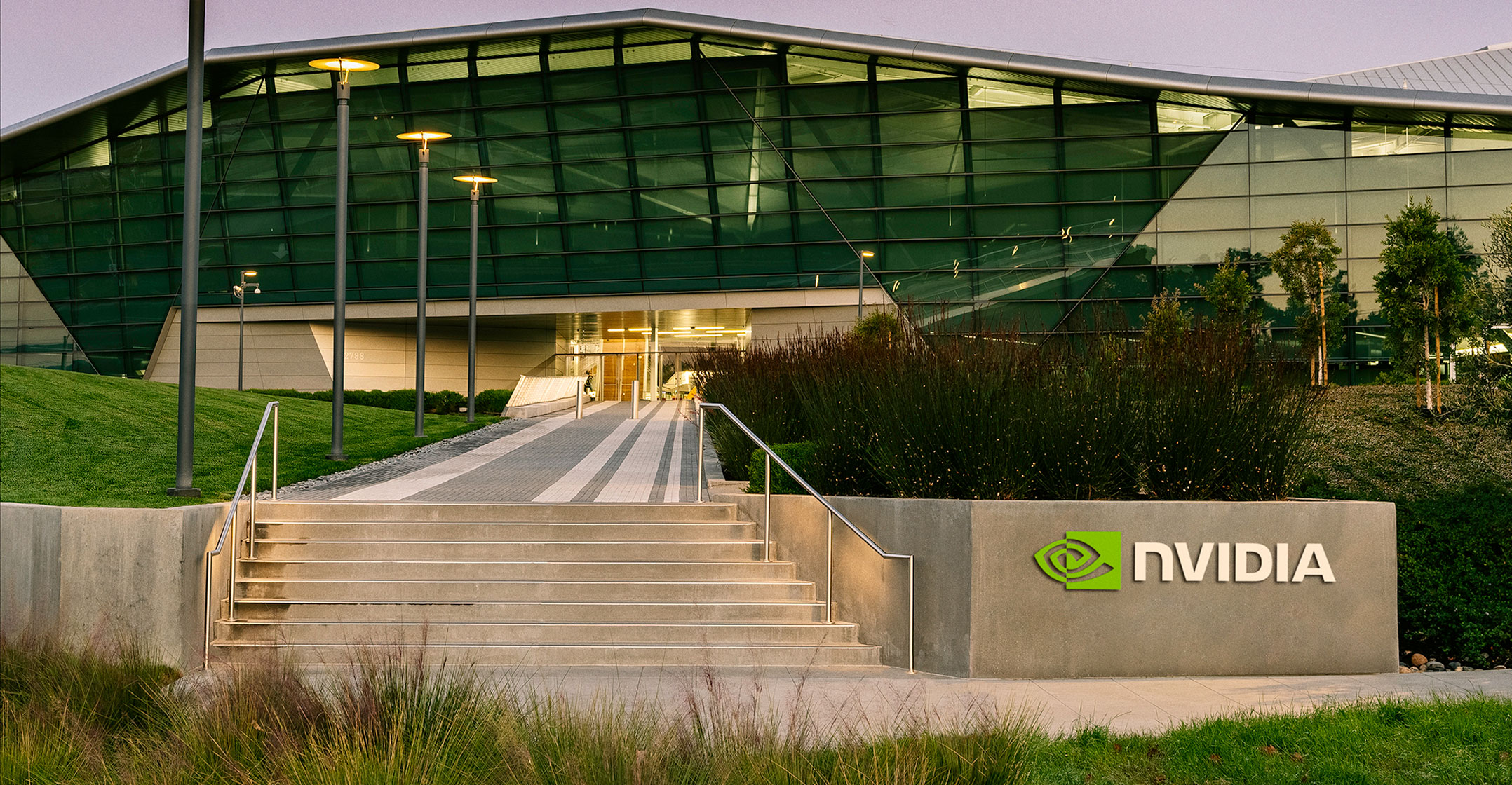Nvidia’s $40-billion ARM deal will upend the entire chip industry
by Agency Staff
Nvidia wants it all. And if the Silicon Valley-based semiconductor giant is able to pull off its blockbuster acquisition of premier chip designer ARM, the deal may be the final piece it needs to dominate the industry for a generation.
Late on Sunday, Nvidia and ARM’s parent, SoftBank Group, announced they reached an agreement under which the US-based company will acquire ARM for about US$40-billion in stock and cash. The components of the transaction include $21.5-billion in Nvidia shares, $12-billion in cash, an up to $5-billion “earn-out” payment for SoftBank subject to financial performance targets and $1.5-billion in equity for ARM employees. The companies said the board of directors of all three companies have approved the deal and expect it to close in about 18 months.
Why would Nvidia want to pay tens of billions for ARM in the biggest chip deal in history and why now? First, Nvidia has attained substantially more financial firepower, which gives it the resources to do so. It has thrived this year as demand for its products that serve the data centre and video-gaming markets have soared amid the pandemic. As a result, the company’s share price has more than doubled, making it 2020’s second best performing stock in the entire S&P 500 Index after Carrier Global. With Nvidia’s market value now at about $300-billion — roughly 50% more than the previous semiconductor king Intel — the stock part of any transaction is more palatable.
Nvidia also may be trying to take advantage of SoftBank’s string of turmoil and strategy changes, which has included a large-scale disposal of assets amid pressure from investors as well as controversy over its recent aggressive derivative bets in the public markets. And now the Japan-based conglomerate’s very structure may be in a state of flux as well. This weekend, the Financial Times reported SoftBank’s executives have revived discussions about taking the company private, following frustration over the discount in its market value versus the aggregate value of its holdings.
As to the rationale of the deal, an Nvidia-ARM combination has the potential to remake the entire semiconductor industry over the next decade. Nvidia has always pitched itself as a chip company built for the big ideas of the future, a provider of the key components required for all the large high-growth opportunities such as cloud computing, artificial intelligence, robotic automation, mobile computing and Internet of things — a vast array of millions of Internet-connected sensors and devices.
Hole in its line-up
While Nvidia’s graphics chips are deemed essential for a large swath of those applications, the company has a huge hole in its line-up. The company lacks a general-purpose processor chip, or CPU, that serves at the main conductor in all computing devices. Every time it sells a graphics processor chip, its customers need to use another company’s CPU. To illustrate, earlier this year when Nvidia launched its latest artificial intelligence computer system, it was forced to use the server chip made by rival AMD because it didn’t have a competitive offering.
With the ARM acquisition, which provides chip designs and technologies for general processors, Nvidia would gain the ability to own the whole chip stack, across mobile phones, computers and cloud computing data centres. Nvidia CEO Jensen Huang has already hinted at ARM’s potential. He swooned over ARM’s chip architecture prospects, saying it was “incredibly energy efficient” and has “the headwind to scale into very high performance levels over time” during an investor conference call last month.
The acquisition will also help Nvidia extend its technologies into new markets. Sure, the company could have just licensed an ARM chip design like everyone else, but by owning the asset it can shape its future. For example, it can leverage ARM’s dominant position in the smartphone market and nascent ARM-based server processors by incorporating the use of its own software and programming interfaces into ARM’s designs, increasing the likelihood other vendors will standardise on Nvidia’s chips and technologies.

An Nvidia-ARM combination is not a foregone conclusion. Because of its large size, it will require regulatory approvals from the European Union, the US, the UK and China. While the US will probably be fine with the transaction as it puts a critical chip asset under an American banner, a sign-off by China is far from certain given the recent rise in tensions between the two economic superpowers. Further, while there is little significant share overlap between Nvidia’s current main graphics chip businesses and those of ARM’s big customers such as Apple, Qualcomm and Samsung Electronics, expect a flurry of complaints from them anyway as they will question Nvidia’s neutrality and the prospect of the company adding its technologies into ARM designs.
Nvidia deserves the title of America’s chip leader with the impressive innovation and performance gains behind its latest chips likely presaging many quarters of strong results ahead. But on top of the short-term bright outlook, the prospective acquisition of ARM signals Nvidia has grander designs for its future. If successful, it could mean Nvidia will remain on top for a much longer time. — By Tae Kim, (c) 2020 Bloomberg LP